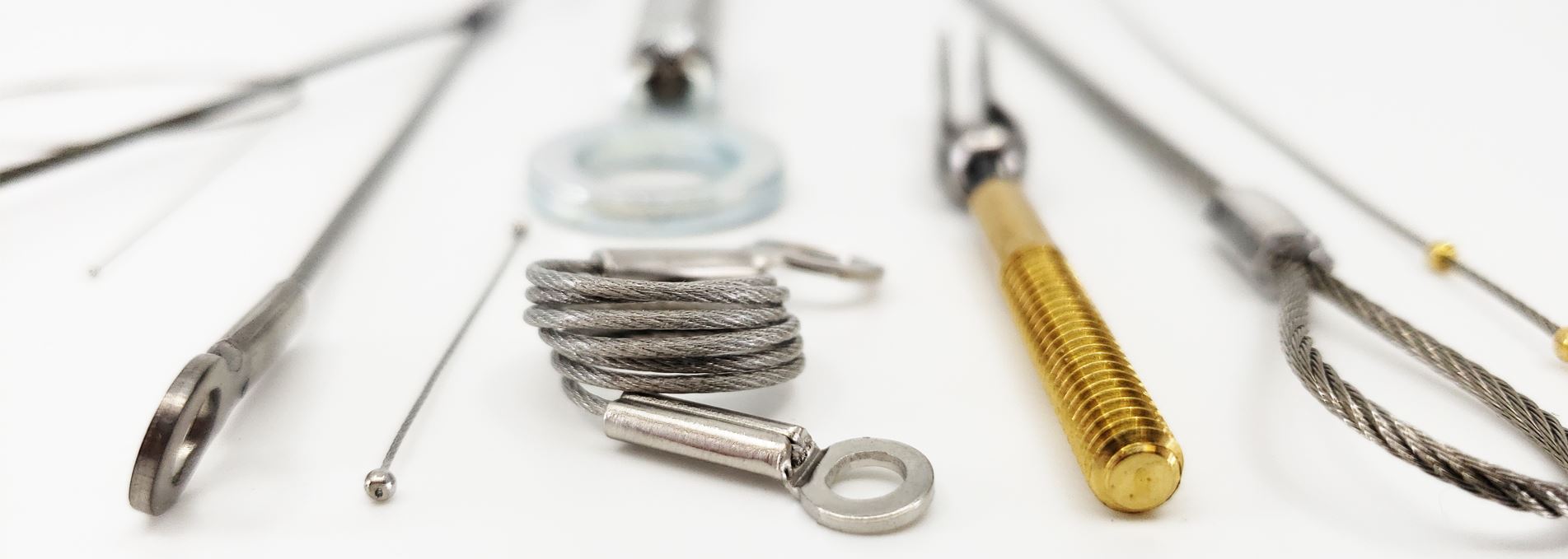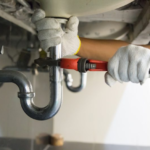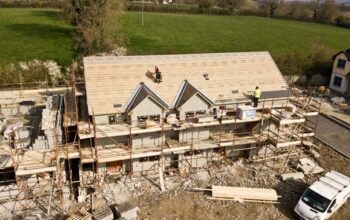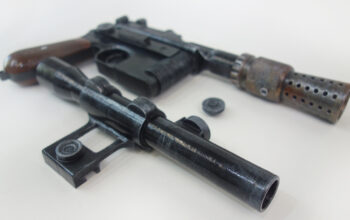When choosing components for any type of system, it is essential to get the very best. Look for the ones designed to do the job in hand, and the ones that are likely to do the job best and last the longest.
A cable assembly or wire harness is an essential component of any electrical system, but it is often the part that is overlooked. This can mean reduced budget available for the purchase of your cable assembly or wire harness. It can even mean that the assembly is made to fit the system, which is not necessarily the most efficient solution.
This is why it is essential to talk to an industry-leading stainless steel cable manufacturer and get the wire harness/cable assembly sorted at the start of a project.
Choosing The Right One
There are several factors that need to be considered to ensure you get the right cable assembly.
- Conductors
Your intended application will determine the number of conductors needed, there are virtually no limits to the options available.
However, you also need to consider the material for the conductors. Copper is an excellent choice in many situations and is corrosion resistant with the right coating. One of the most popular coatings is tin, but silver or nickel are commonly used if you need protection against high heat.
But, if you’re worried about breaking strength you may wish to consider copper-clad steel or even a copper alloy. The alloy or steel boosts the strength of the copper.
It is also possible to use stainless steel but this is a poor conductor, especially when compared with copper.
- The Insulation
Again, you’ll need to consider the application of your wire assembly before choosing the most appropriate insulation, or sheath for your cable.
One of the most important things to consider is the temperature the cable will be exposed to and the amount of voltage it will be expected to carry. This will allow you to calculate the risk and choose the right insulation accordingly.
High temperatures and high-speed signals are often insulated with foam to create bubbles that aid with heat disbursement. However, there are different options available.
It’s also important that the primary insulation is colored, especially if the cable has more than one conductor.
- Shielding & Twisting
Twisting pairs of cables together helps to reduce electromagnetic interference in a cable, although having two twisted pairs together in a long cable run can cause its own issues.
To heat resolve this you may need to consider shielding, the most common of these is the foil shield, that’s metalized foil on a polyester backing.
If this is not good enough, you may need to consider braided shielding.
- Outer Sheath
With all the cables chosen correctly and shielding or insulated, you’ll need an outer sheath that holds them all together. This must be flame retardant and, in some cases, should even be resistant to physical blows.
Of course, the exact specification will depend on where it is being installed.
The key thing is to spend time considering the use of the cable assembly and get the cabling right from the start. It will make your life easier.
Related Posts












